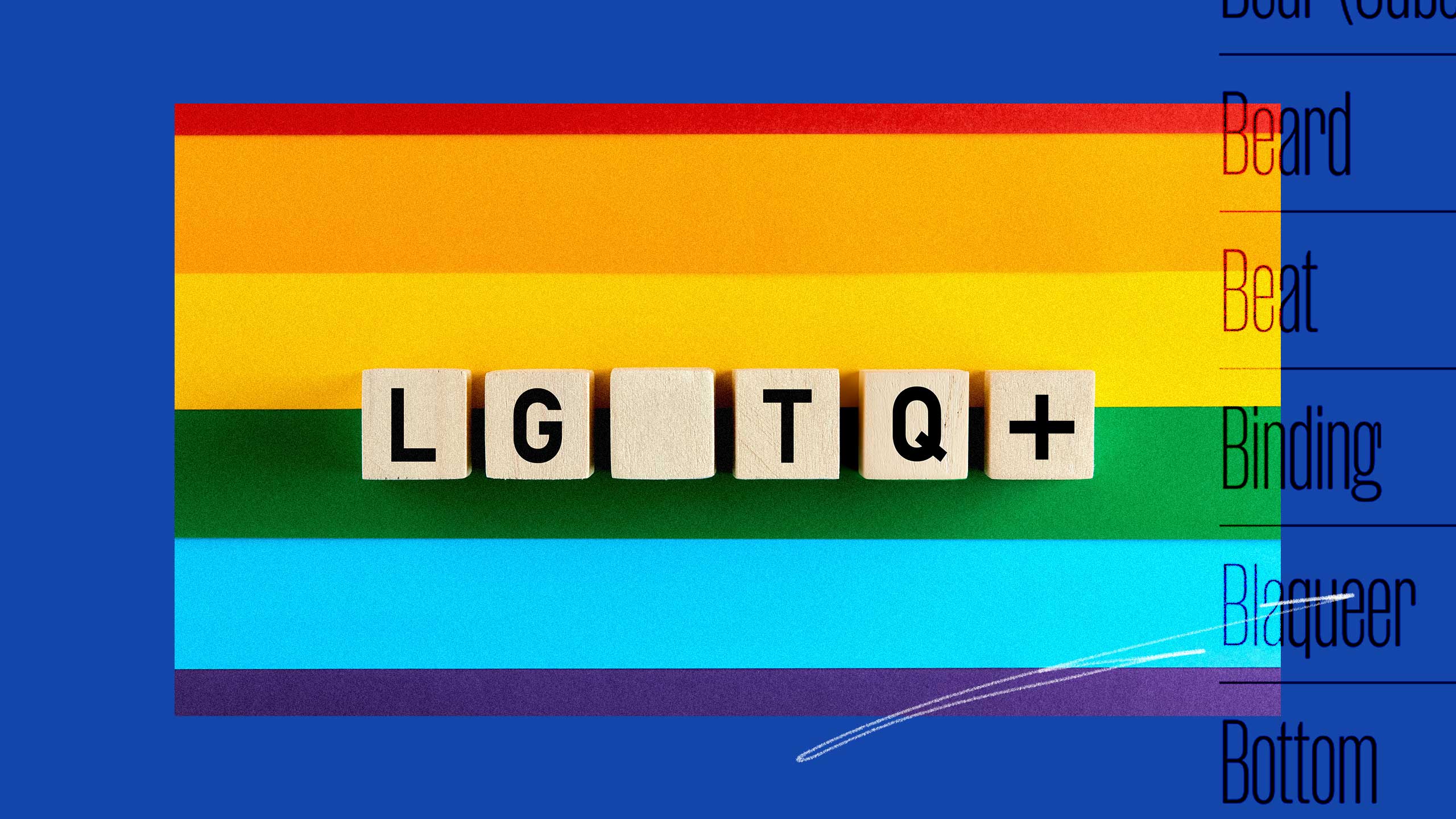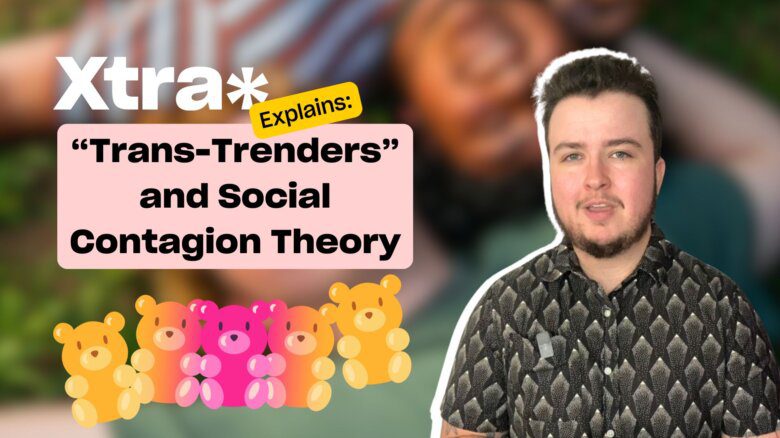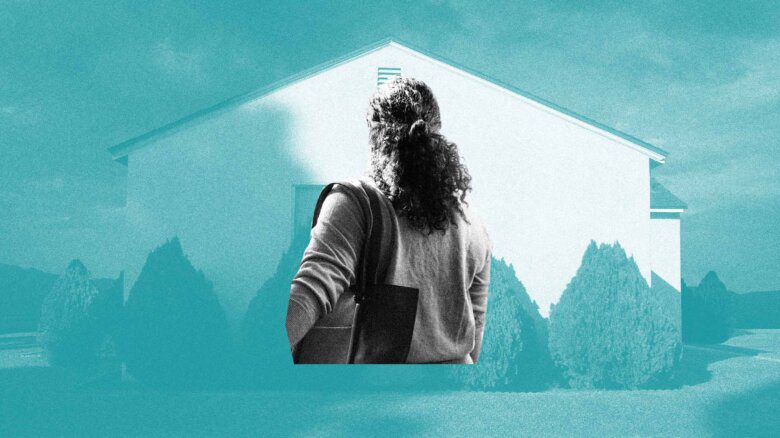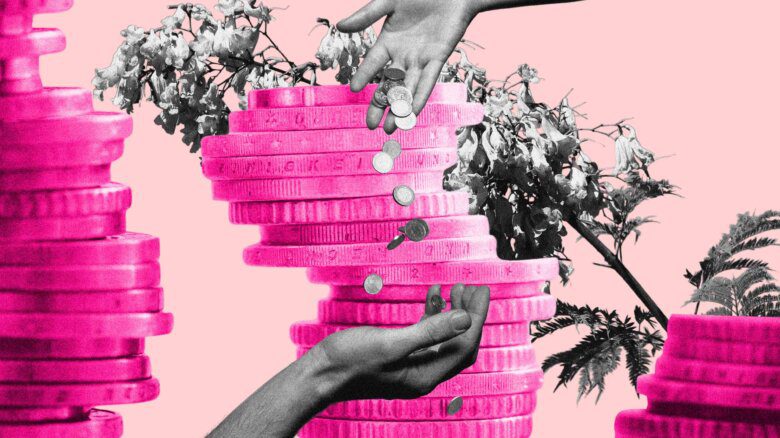Last week, Google launched a new resource intended to help journalists and others better use inclusive languages around the LGBTQ2S+ community.
The LGBTQIA+ Glossary is a linguist-developed list of 100 words and definitions aimed at encouraging better language use when talking about queer and trans people and communities.
The project was developed by the Google News Initiative in partnership with queer media hub VideoOut and Men’s Health magazine. In a release for Google, VideoOut founder Jordan Reeves pitches the glossary as “a new literacy tool promoting inclusive LGBTQ+ language.
“Twenty years ago, nobody, including LGBTQ+ people, had the language we have today to talk about queerness or gender outside the binary. Coded language made it even more difficult to learn about the LGBTQ+ community, much less learn about myself,” they wrote.
But many social media users were quick to point out that among the 100 words deemed worthy of defining, a certain key letter of the LGBTQ2S+ acronym was glaringly missing.
The glossary includes definitions for terms ranging from other letters in the acronym, like lesbian and gay, to words and phrases common in the queer community like “kiki.” But there is no mention of or definition for bisexuality or pansexuality anywhere in it outside of the definition for the LGBTQ acronym.
It’s a feeling a lot of bisexual folks know all too well. According to a recent Gallup poll, more than half of all LGBT Americans identify as bi or pansexual. That works out to about 3 percent of the total U.S. population. But the community is often overlooked by gay and straight people alike. And it’s important to note that bi people face a higher risk of mental health and substance challenges than their straight or gay counterparts.
GLAAD defines bisexual erasure as “a pervasive problem in which the existence or legitimacy of bisexuality (either in general or in regard to an individual) is questioned or denied outright.”
It’s a phrase frequently discussed (though arguably not enough) within the LGBTQ2S+ community. Bisexual erasure was even playfully and memorably tackled earlier this year during IKEA’s “Love Seat” campaign for Pride, which featured a garish blue and purple couch with the ominous phrase “no one believes you.”
All that to say, bi folks are definitely here and definitely queer.
On social media Wednesday, VideoOut said they are looking into rectifying any omissions.
And in a statement Friday, Reeves said they are working on adding both bisexual and pansexual to the glossarym along with other terms.
“We are keenly aware of bi-erasure and the persistent confusion around bisexual identity. We are sorry we didn’t include it at launch, but we are adding it (along with pansexual) very soon,” they said. “We started with 100 entries (definitely not a comprehensive list…yet), and we are really excited to add entries as the community gives us feedback and suggestions.”
Perhaps the another entry to the glossary should be “bisexual erasure” given the fact that it’s apparently still happening.
UPDATE: This story has been updated to include VideoOut’s response.


 Why you can trust Xtra
Why you can trust Xtra


